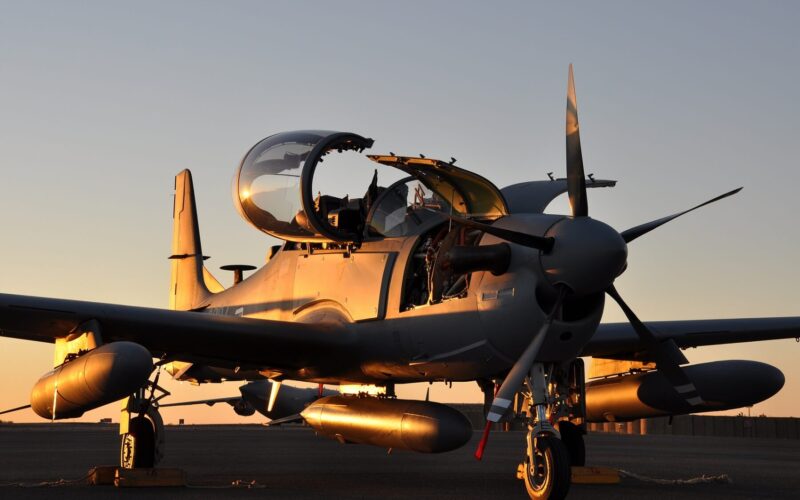The United States may allow Tajikistan to keep the former Afghan Air Force aircraft which fled to the neighboring country.
In August 2021, the withdrawal of coalition troops from Afghanistan led to the collapse of the Afghan National Army as the Taliban advanced on Kabul.
A sizeable part of the Afghan Air Force (AAF) was flown by fleeing pilots to neighboring countries, mainly Uzbekistan and Tajikistan. These included Embraer A-29 Super Tucano light attack aircraft as well as Mil Mi-17 and Sikorsky UH-60 Black Hawk helicopters. The acquisition of these aircraft and the training of Afghan pilots were funded by the United States.
The U.S. Defense Department estimated that at least 64 out of the 160 aircraft belonging to the former AAF remain out of the country, namely 46 aircraft in Uzbekistan and 18 in Tajikistan.
In January 2022, the Taliban’s acting Defense Minister Mawlawi Mohammad Yaqoob demanded their return. “We will not allow these aircraft to remain abroad or to be used by those countries,” Yaqoob said, adding that “retaliatory steps” would be taken if the two countries failed to meet their demands.
However, this might not come to fruition. During a visit to Tajikistan, General Michael Kurilla, the head of US CENTCOM, [the US military command for the Middle East and Central Asia – ed. note] said that the aircraft currently stored in Tajikistan could be handed to local authorities.
“We are grateful to the Armed Forces of the Republic of Tajikistan for continuing to secure the aircraft that the Afghan Air Force flew into the country last August,” Kurilla said, as reported by Reuters. “Our hope is to be able to hand over some or all of the aircraft to the Tajik government. I do not have a timeline on when this will occur, but we are working hard to make this happen.”
While the exact nature of the 18 aircraft currently in Tajikistan was not specified, these would come as a sizeable reinforcement for the Tajik Air Force, nearly doubling its fleet. It presently operates 14 Mi-8 and six Mi-24 helicopters, as well as four L-39 trainer jets.

